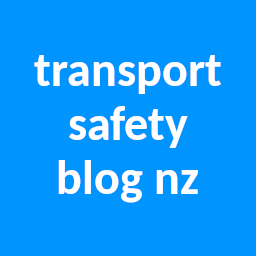On Friday 21 July, a car was hit by a Wairarapa Connection commuter train at the Norfolk Road, Waingawa level crossing. This incident appears to be one of a number of problems that have occurred in relation to the railway crossings at Waingawa, a great deal of these problems being due to poor design and implementation of the development of the industrial estate by Carterton District Council. The safety of these crossings is currently under review by Kiwirail as part of the commuter train upgrade programme presently underway. News reports filed by RNZ on 21 and 27 July have both stated the concerns being expressed by local residents that the alarms are subject to frequent nuisance tripping incidents. The Norfolk Road crossing is fitted with manual controls to operate the alarms, which were provided initially on both sides of the crossing due to the working of traffic in the Waingawa log loading sidings and also the JNL Siding nearby. Since the JNL Siding closed a few years ago, it is unclear whether manual controls are still installed near the former location of JNL Siding. These controls are supposed to be activated by rail operators when and only when a train is making a move over the crossing, and the alarms are not supposed to activate at any other time, so it is very unclear as to why the alarms are apparently activating if there are no trains moving over the crossing.
Nuisance activations of crossings near railway yards are one situation. Another is where a train breaks down whilst it is approaching a crossing where the alarms have already activated. In these situations the alarms will keep operating even if the train has stopped moving. This situation was highlighted at Otaihanga, on the NIMT north of Wellington, three years ago when that was exactly what took place. Frustrated motorists who had been waiting for up to 15 minutes began driving around the barriers arms. There was a serious safety risk in this double track area because a train could have been coming the other way. Kiwirail in its public statements simply went back to its default setting of insisting motorists should stop at crossings where bells and lights were operating, and ignored the wider issue of nuisance tripping of alarms. In that instance, Kiwirail clearly should have had a procedure that a broken down train should have resulted in the alarms being cancelled until the train could be brought back into service, as there were no other crossings that motorists could have diverted to, for kilometres.
In this current incident, at Waingawa, Kiwirail has not provided any more help for frustrated motorists, with its reported comments acknowledging the nuisance alarms but still not saying why they were occurring when it already allegedly has systems in place to address the nuisance alarms, and no clarity that it has understood the issues or is specifically addressing them. An OIA request has been made to try to uncover what is behind the Waingawa situation and will be reported on further if any new information comes to hand.
